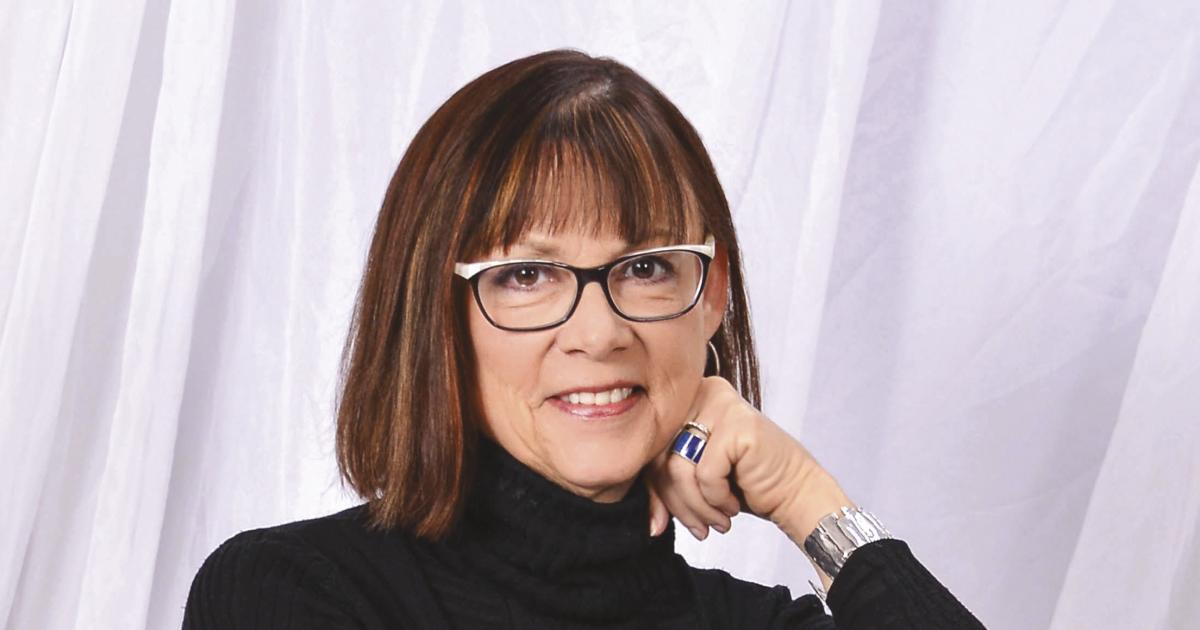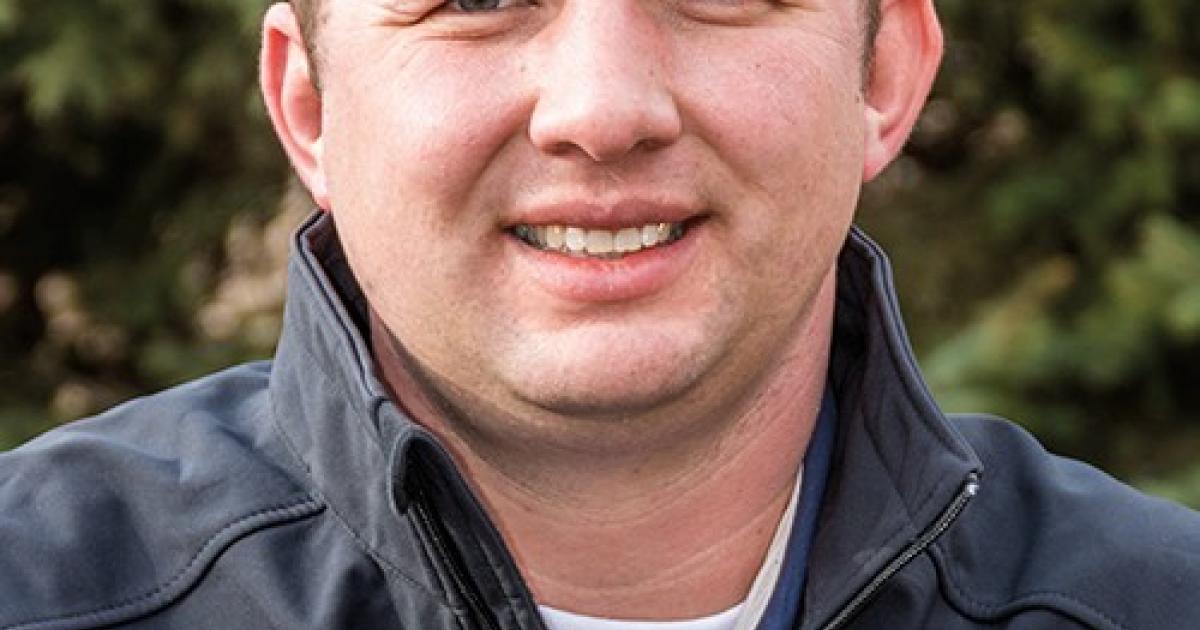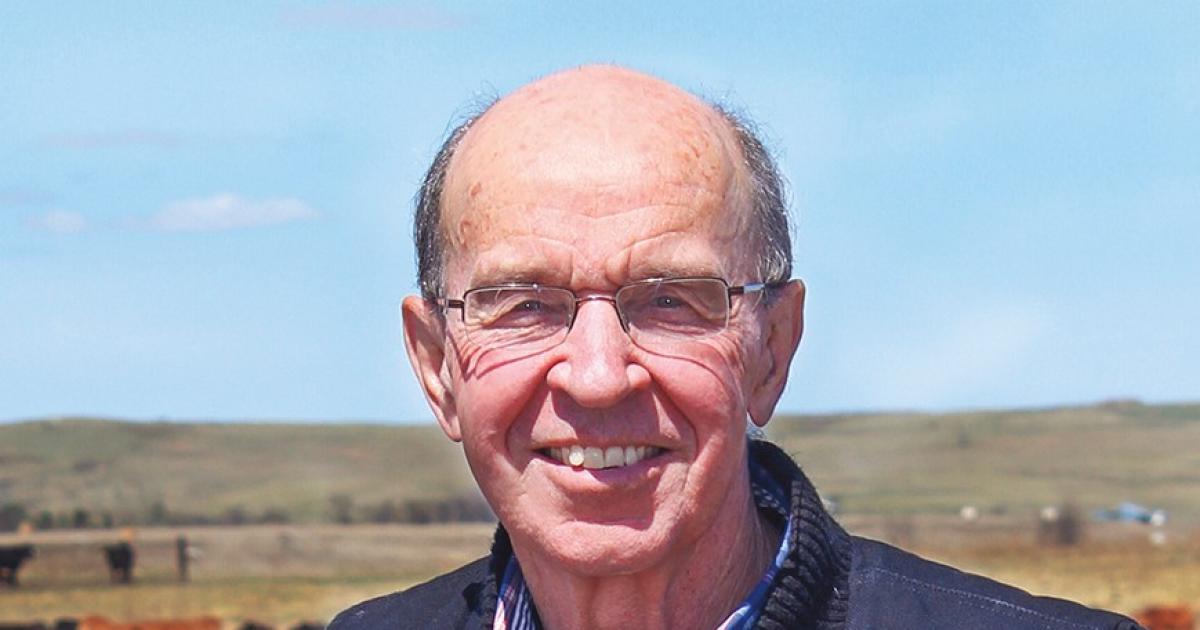 It’s National Co-op Month! A chance to celebrate cooperatives and the rich cooperative history that has helped build and support North Dakota communities for generations.
It’s National Co-op Month! A chance to celebrate cooperatives and the rich cooperative history that has helped build and support North Dakota communities for generations.
The cooperative difference. What is it and why is it important? Understanding the cooperative principles is key to defining “the cooperative difference.”
Cally Peterson
After watching his father fight fires in western North Dakota during a 20-year firefighting career, Eric Hellandsaas learned a thing or two about serving his community. Today, Hellandsaas balances his responsibilities as a journeyman lineworker for McKenzie Electric Cooperative in Watford City with his community service as both a volunteer firefighter and emergency medical responder (EMR). And in a year of extreme drought, Hellandsaas’ stock has gone up.
“This facility gives our summer camp program a physical presence in the eastern part of the state and complements our camp facility in western North Dakota on the Heart Butte Reservoir,” says NDFU President Mark Watne. “We are excited for all the cooperative learning and fun kids will have here. Investing in youth education is the greatest asset of our state and organization.”
“A credit union is the right fit for our community and would be owned by the people of the tribe,” says Joseph McNeil Jr., Standing Rock Sioux Tribe member who spearheads economic development for the tribe and serves on the emerging credit union steering committee. “Oyate means ‘the people, the nation.’ It’s reflective of community. Members will be able to vote on leadership of the credit union.”
FAMILY REUNION
Another fond memory for David was the annual Wolf family reunion. Started in 1986 by David’s mother and several of her 14 siblings, who referred to themselves as the second generation, it was a way to keep their large family connected. The early reunions were convened at Arrowood Lake, where family could swim and play games. The Wolf family now gathers at the city park in Carrington, where a rousing game of kickball or baseball ensues – with the third, fourth and fifth generations.
Many will talk about the city’s cultural diversity, perhaps shaped by the Minot Air Force Base and military families who put down roots up north.
And the local eateries will be mentioned, too.
But to look back at Minot’s recent history – the Souris River flood of 2011, the Bakken oil boom of the 2010s and the COVID-19 pandemic – one defining feature stands above the rest. Shaped by the spirit of community, perhaps the true magic of Minot is its resilience.
The answer, in part, lies in the interconnectedness of the power grid, Kupper says. There are many links in the power supply chain that connect to generate and deliver power to electric consumers. Together, these links work in harmony to achieve a stable electric system – a sort of balancing act that requires electric generation supplying the grid be equal to electric demand, or the electricity coming off the grid. When this balance of power supply and demand is lost, the entire system is at risk of failure.
With the purchase of the farm came an inground swimming pool. It was one of two farmstead pools in the area, installed by the farm’s previous owner. With the raising of pigs came the stories.
A fence kept the Meier hogs maintained to an area of the farm. But as farmers and ranchers know, fences need fixing at times. The hogs broke out of the fence and ended up in the swimming pool!



















